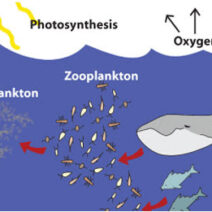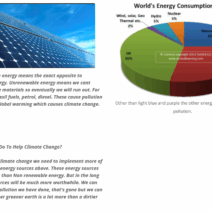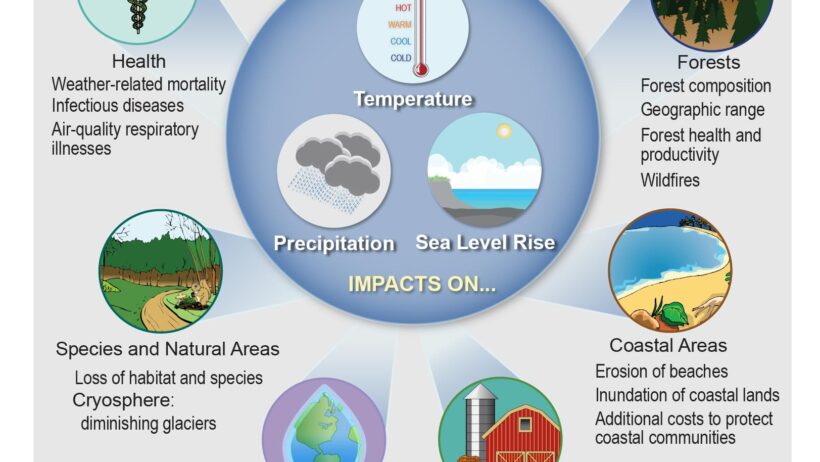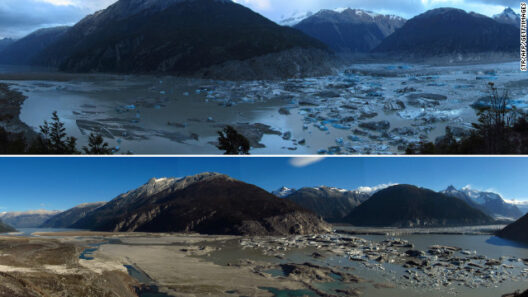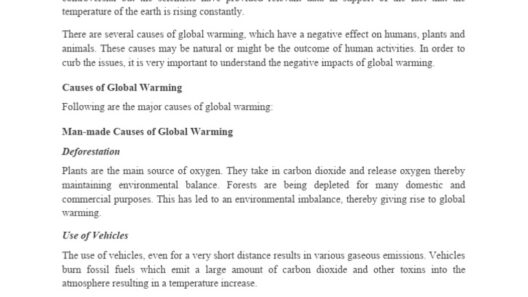Understanding the potential consequences of global warming is not merely an academic exercise; it requires us to engage deeply with the realities of our changing planet. The impacts of climate change reverberate through ecosystems, economies, and societies, creating a complex web of challenges that we must navigate. In this exploration of the long-term effects of climate change, we aim to elucidate the myriad pathways through which global warming could shape our future.
Climate change is anticipated to influence weather patterns significantly, resulting in heightened occurrences of extreme weather events. Rising global temperatures contribute to the frequency and intensity of hurricanes, droughts, and floods. As the atmosphere warms, it holds more moisture, which may lead to deluges in some regions, while others may experience debilitating aridity. This dual threat not only endangers human life and infrastructure but also undermines agricultural productivity. Farmers, already burdened by the cyclical nature of seasons, could face increasingly unpredictable conditions, leading to food scarcity and economic instability.
The ramifications extend beyond immediate weather phenomena. The warming climate accelerates the melting of polar ice caps and glaciers. This process not only raises sea levels but also disrupts marine ecosystems. As freshwater glaciers dwindle, many regions dependent on glacial runoff for drinking water and irrigation face existential threats. Coastal communities, particularly in low-lying areas, will grapple with flooding, saltwater intrusion, and habitat loss. This alarming reality compels a rethink of urban planning and infrastructure resilience.
The interplay of climate and biodiversity is equally concerning. Ecosystems are delicate, and a shift in temperature can lead to significant disruptions. Species migration patterns are affected; many animals and plants cannot adapt quickly enough to the rapid changes in their habitat. This destabilization can result in increased extinction rates, the collapse of food chains, and a loss of biodiversity that is vital for ecosystem services. The ripple effects can transcend species; they can affect human health, food security, and overall ecological balance.
Increases in atmospheric carbon levels not only warm the planet but also alter its chemistry. Ocean acidification, resulting from elevated CO2 absorption in ocean waters, threatens marine life, particularly organisms with calcium carbonate shells or skeletons, such as corals and shellfish. As coral reefs face bleaching and degradation, entire marine ecosystems that rely on these structures for habitat and protection are jeopardized. The commercial fishing industry, which supports millions of livelihoods globally, may also suffer from declining fish stocks, further exacerbating food insecurities. This phenomenon begs a question: How do we reconcile our dependence on marine resources with the need for conservation?
A significant yet often underappreciated consequence of global warming is its potential to exacerbate social inequities. Vulnerable populations, particularly in developing countries, are disproportionately affected by climate change impacts. Limited resources hinder their ability to adapt, while socio-political factors complicate recovery efforts in the wake of climate-induced disasters. This intersectionality calls for global dialogues that extend beyond environmental concerns to incorporate humanitarian perspectives, ensuring that vulnerable communities are not left behind in climate policy and adaptation strategies.
As we examine the economic dimensions, the cost of inaction emerges as a pressing concern. The financial implications of climate change are staggering. Repairing damage from natural disasters, mitigating flood risks, and improving infrastructure resilience avenues present significant fiscal burdens. It is pivotal to recognize that the price of addressing climate change is far outweighed by the potential costs of inaction. Transitioning to sustainable energy systems, investing in green infrastructure, and supporting low-carbon technologies represent not only moral imperatives but also economic opportunities for long-term resilience.
Moreover, global warming is intricately linked to health outcomes. As temperatures rise, we see a correlating increase in heat-related illnesses, respiratory issues from polluted air, and vector-borne diseases as pests expand their ranges. Public health systems, already strained, may struggle to cope with the influx of climate-related health challenges. This intertwining of climate and human health underscores a fundamental need for integrated policy approaches that prioritize sustainable practices alongside improved public health initiatives.
The call for innovation is paramount. Addressing climate change demands visionary leadership and disruptive ideas that propel society towards sustainability. Technology plays a critical role in this transition. From renewable energy to carbon capture and storage, the tools we develop today will dictate the contours of our environmental future. The collaboration between governments, businesses, and civil society must ignite creative solutions that prioritize environmental stewardship while engendering economic growth.
The urgency for immediate action combined with long-term planning is thus unmistakable. Understanding the possible consequences of global warming is crucial for envisioning a resilient future. It is a shared responsibility that necessitates collective efforts, transcending borders and ideologies. By fostering a culture of sustainability, we can pivot from a narrative of despair to one of hope—demonstrating that not only can we mitigate the impacts of climate change, but we can also thrive in our efforts to protect the planet for generations to come.
Ultimately, the question is not whether we can change, but rather how soon we can mobilize to embrace this transformative challenge. The narrative of climate change is still being written, and the pages must reflect an unwavering commitment to collective action, innovative solutions, and a vision of a sustainable future for all.
